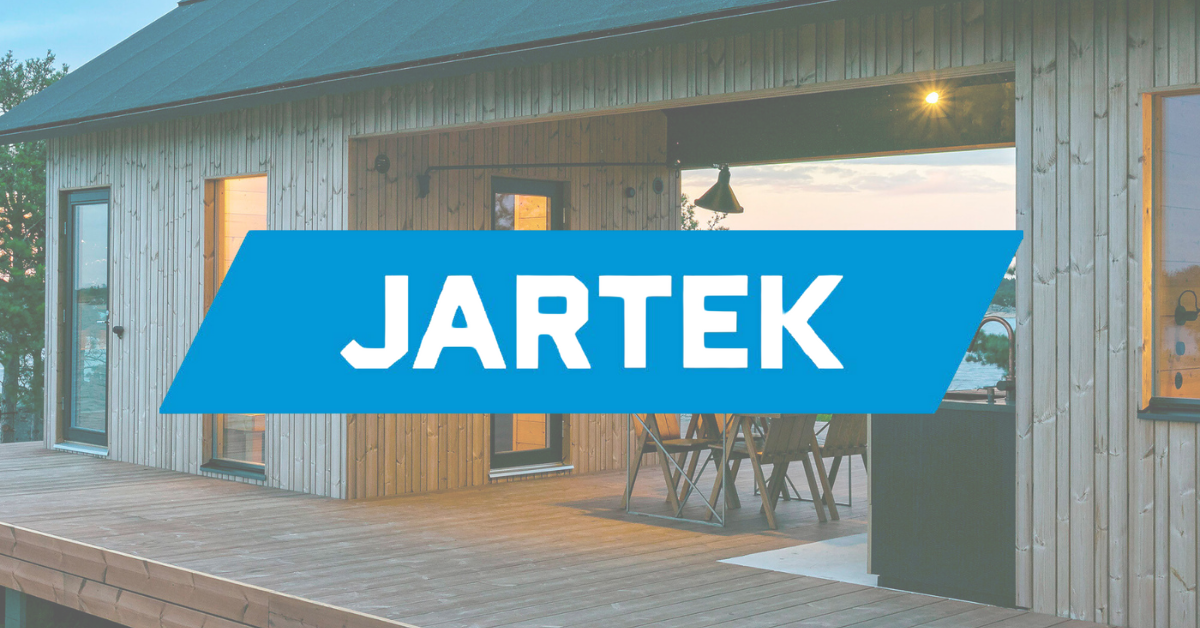One Common Ground
I recently spoke at the Urban & Community Wood Academy. It was very insightful. Urban wood is wood that has fallen and not harvested. This wood includes trees damaged by storms, fires, and insects, and trees cut down in utility rights of ways. I think urban wood is a critical part of the hardwood industry. Urban forestry programs are popping up in all the universities with agriculture schools or departments. In my guess, urban trees are 90% hardwood because they allow light to pass through in the winter and shade in the summer.
What does that mean? It means that we should not only pay attention to urban wood but also encourage it. The urban wood story is a good one that adds to our great message of sustainability, carbon sequestration, and other environmental and community benefits. Urban wood is all around you, and while many are learning and talking about urban forestry, they are not talking about urban wood. The reason is because we have yet to be part of the conversation. Most urban wood ends up in the landfill. According to Kayla Stuart, at the University of Tennessee, 15 million tons of lumber are put into landfills each year. Morgan Grove from the USDA Forest Service Northern Research Station states, “More urban wood going into landfills than is harvested from our national forests.”
Why is most urban wood not being milled? Urban trees typically have more and larger knots from not growing tight together and being topped or pruned improperly, giving them a rustic grade more than any other. From my experience, economy of scale kept anyone from picking up the 50-foot red oak I cut down in my yard last year. They couldn’t handle the weight as they didn’t have the right equipment to pick it up and put it on a log trailer, so I cut it up myself and converted it to chairs and benches along with some firewood. A story we all understand. You can’t drive feller bunchers down city streets cutting and picking up the odd log. But some arborists are cutting down trees. I got one to quote mine; he wanted $2,000 and would de-limb it and cut it down into three sections. I felled it right along my fence and didn’t break a board, but he couldn’t do that due to liability. At that cost, he would take it to a landfill and pay a tipping fee to dispose of it. There is an opportunity to reclaim some value from urban trees while understanding that it will always be limited due to the economy of scale and quality of the wood.
Urban wood is not going away, so we might as well embrace it and lead the charge to find ways to utilize it better. Urban wood is one common ground the hardwood industry can build on.
Dallin Brooks
NHLA Executive Director
[email protected] | 901-377-0182
Share:
Related News & Blog

November 5, 2025

November 5, 2025
Questions?
Have questions or need any assistance regarding the NHLA Annual Convention & Exhibit Showcase?
